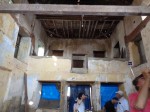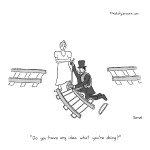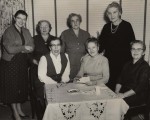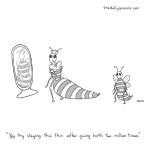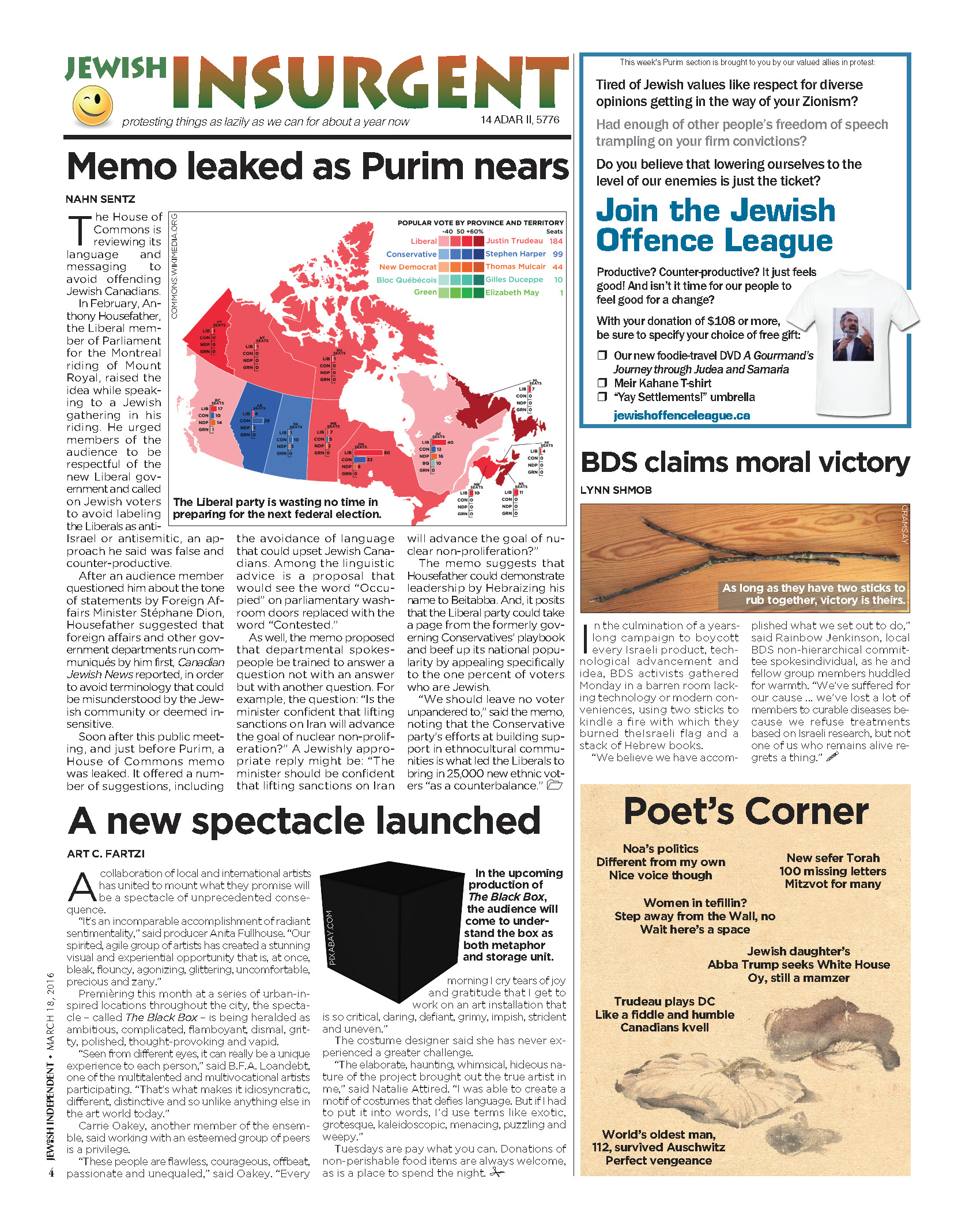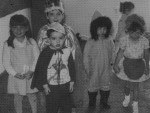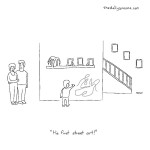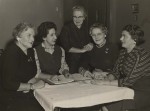Inside of Kadavumbagam Synagogue of Mattancherry, Cochin, facing what’s left of the women’s gallery. (photo by Deborah Rubin Fields)
In enormous and populous India, anonymity does not exist. And social or group orientation counts – in a big way. Ironically, this is apparent in laidback Kerala, a lush coastal farming state in the southwest of the country.
In Kerala, Jews, Christians, Muslims and Hindus basically lived in harmony for years. Yet, within the region’s small Jewish community – often referred to as Cochin Jews, since almost all the Kerala synagogues were built in the kingdom of Cochin – differences have existed between the apparently ancient Malabar Jews, the Meshuhurarum, whose ancestors were reportedly freed slaves, and the Paradesi Jews, who arrived hundreds of years later. Frequently, the groups referred to each other, sometimes derogatorily, as Black Jews, Brown Jews or White Jews. Even today, when one talks with those involved in these communities, issues related to paternalism, land rights and misappropriation of property enter into the conversation.
How have these divisions expressed themselves? A sense of imbalance sneaks in when learning about the famous Tamil script copper plates. The area’s ruler, Bhaskara Ravi Varman, presented these special plates upon the Malabar Jews’ arrival in 1069 CE, although the Malabar Jews often claim they arrived in southern India with King Solomon’s merchants. The plates provide a detailed list of the elevated rights and privileges the sovereign bestowed upon his new residents.
Somehow or other, these important proofs of status are no longer in the possession of the Malabar Jews. Rather, they are reportedly held by the Paradesi Jews who arrived in the 16th century from Spanish, Portuguese, Iraqi, Yemenite and European lands. Just how the Paradesi came to control them is not spelled out in historical accounts of these communities. It is simply presented as fact.
In her autobiography Ruby of Cochin: An Indian Jewish Woman Remembers (1993), Ruby Daniels (1912-2002) and Prof. Barbara Johnson recall Daniels’ experience at the Paradesi Synagogue, “our family had to sit separately from the others … the men in the azarah (entrance room) and the women in the separate building just in front of the synagogue. We could see everything from there, but it was a shame for us.”
Daniels also relates that, around 1950, a mixed couple wanted to marry in the Paradesi Synagogue. “The White Jews … opposed the marriage … [so] they had the wedding in Bombay.” And, “these Paradesis didn’t marry among the Jews of the other seven synagogues. Sometimes, they called the others ‘Black Jews’ though in fact most of them were not very black in color. And, sometimes, they spoke of them as converts and slaves, even though these Jews had been in Kerala hundreds of years before them.”
Still, the Malabar Jews managed to live a peaceful existence, working largely as shop owners. Over time, they spread out to five different Kerala towns and villages: Cochin, Ernakulam, Parur (also written Paravur), Chendamangalam and Mala. For Zionist rather than antisemitic reasons, the Jewish population, especially the Malabar Jewish community, resettled in Israel in the 1950s. The cemeteries and the eight or nine synagogues they built in the 1500s through the 1600s were left behind.
Today, the Malabar Jewish community’s presence in southern India is still felt, albeit not strongly. The Kerala governing body took upon itself to restore the community’s Chendamangalam Synagogue and Parur Synagogue. These centres of former Jewish life are now museums. However, some empty Jewish institutions are now being used for other purposes, such as offices, storerooms, handicraft and antique shops.
While five aging Paradesi members (and outside sponsors) maintain their synagogue and cemetery, this is definitely not the case in the Malabar Jewish cemetery in Mala. A sizable portion of it has been parceled off to build a stadium, which, in turn, might be converted into the K. Karunakaran Sports Academy, and graves have been desecrated. Significantly, this land grab violates the cemetery and synagogue preservation agreement the Malabar Jews signed with the Mala panchayat (the elective village council in India) before making aliyah in 1955. Villas now stand on the northern edge of the cemetery, but these were built on land the Malabar Jews sold to locals, so that they would have enough money for the move to Israel.
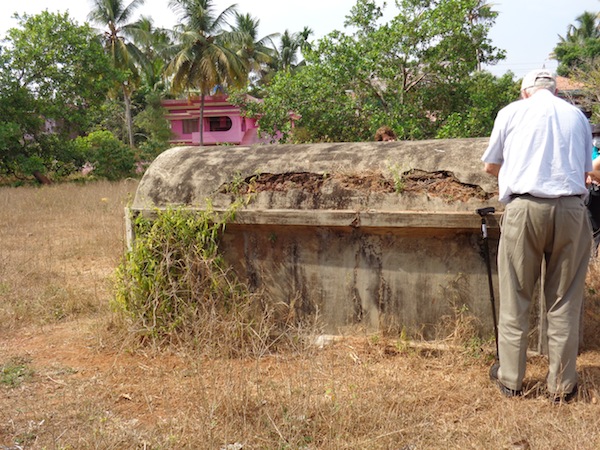
How did the cemetery disrepair come about? According to a professor emeritus, historian and social activist who goes by the name C. Karmachandran: “The Jews [who emigrated] from Mala could not visit and monitor the developments in Mala due to the social and political problems they faced in the infant nation of Israel. I understand … Indian Jewish immigrants were given only exit visas, with which it was not possible to return to India for a visit … only [in] the 1990s, it became easy for the Indian Jews to visit.”
He continued, “From the side of the local authority, their initial enthusiasm to conserve the Jewish monuments began to decline in course of time…. It may be noted that there was no purposeful destruction at that time, but there was serious neglect. There was nobody in the locality to point out its historical significance as we do now. Whoever came to power … found the vast area of the Jewish cemetery ‘ripe’ for their ambition to make money in the pretext of useful developmental projects.”
According to Karmachandran, “the Mala Jews in Israel seemed to be weak in protecting their interest in Mala cemetery. Even today that is the case … there is no effective Jew[ish] organization in Kerala to approach a court of law … the Paradesi … have no interest or influence beyond … Jew Town. They don’t maintain much contact with the remaining Malabari Jews who have a strength of around 25 members in its fold.”
While Kerala has a Hindu majority, the area around the Mala Jewish cemetery is currently 75% Muslims and 25% Christians, so sectarian politics has become an issue in the cemetery’s preservation, as well. An anonymous local source stated, “political parties who want to get the votes of Muslims will keep mum because [those who] speak for the Jewish monuments are being pictured as anti-Muslims and agents of Israel.”
Importantly, Karmachandran and other Kerala Christians, Muslims and Hindus have mobilized themselves to form the Heritage Protection Society, Mala. The group’s goal is to save what they consider not just their former neighbors’ Jewish heritage, but what they maintain is their common Indian heritage. To assist in the preservation project, contact Karmachandran at ckarmachandran@gmail.com.
More on Jewish India
- Oh, Lovely Parrot is a composite of musical pieces sung in the Malayalam language by Kerala Jewish women. As part of its digitized Jewish music conservation project, the Israel National Library (in collaboration with Hebrew University) offers free listening from its website. The online Jewish art collection of the library also has about 200 of Zev Radovan’s 1995 black-and-white photos of religious objects from the Malabar Jewish community.
- A few years ago, Essie Sassoon, Bala Menon and Kenny Salem published Spice & Kosher: Exotic Cuisine of the Cochin Jews. Also, in Claudia Roden’s The Book of Jewish Food: An Odyssey from Samarkand to New York, there is a section devoted to “The Three Jewish Communities of India.” Finally, in his book Olive Trees and Honey: A Treasury of Vegetarian Recipes from Jewish Communities Around the World, Rabbi Gil Marks (z”l) devoted space to presenting a number of curried vegetarian Indian dishes.
- Reconstructed Malabar synagogues are on view in different locations around Israel. Over a period of several years, Jerusalem’s Israel Museum restored the interior of Cochin’s Kadavumbagam Synagogue. It was opened to the public in 1996. The heichal (ark) and tebah (podium) originally came from the Parur Synagogue. Oddly enough, since the 1950s, the synagogue’s original heichal has been in use at Nehalim, an Israeli moshav composed of Orthodox German Jews. Moshav Netivim has an active synagogue and the Cochin Jewish Heritage Centre with artifacts of the Malabar Jewish community.
Deborah Rubin Fields is an Israel-based features writer. She is also the author of Take a Peek Inside: A Child’s Guide to Radiology Exams, published in English, Hebrew and Arabic.

